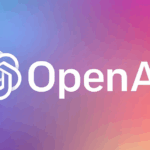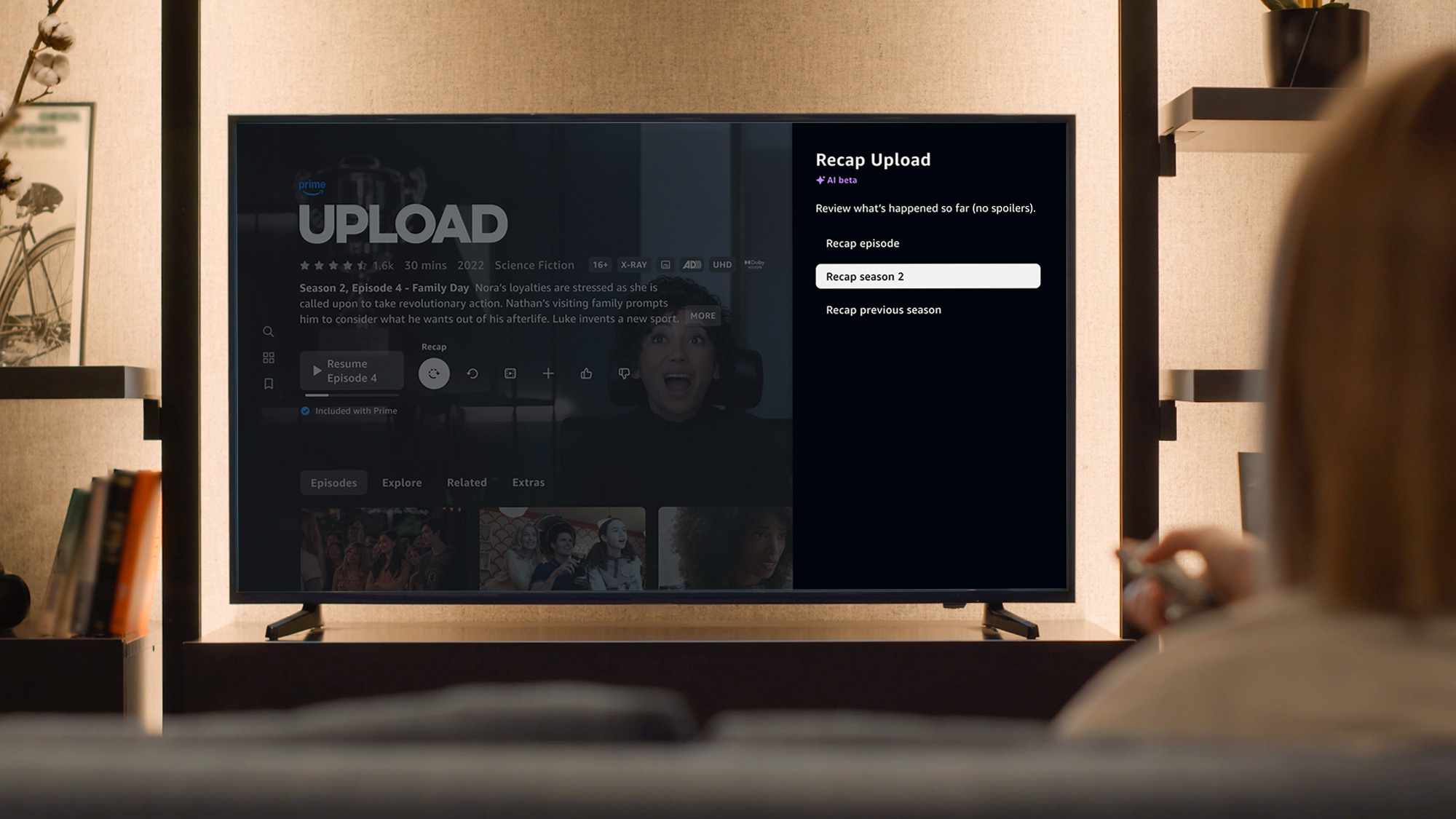This weekend, X, the platform formerly known as Twitter, began rolling out a highly debated change to its blocking feature. Under this new approach, people you’ve blocked can still view your posts, as well as your followers and following lists—a shift that could potentially increase opportunities for harassment.
Elon Musk, who now owns the company, initially proposed the change in September, arguing that blocking users from seeing public posts “makes no sense.” However, the shift could make it easier for blocked users to keep tabs on others, especially as X now restricts non-logged-in users from freely browsing profiles. Critics argue that this new setup could allow blocked users to continue bothering people even after they’ve been blocked.
In October, X’s engineering team defended the change, suggesting that it would promote “greater transparency.” According to X, blocked users will still be restricted from interacting directly—meaning they can’t follow, like, reply to, repost, or message those who’ve blocked them.
However, some, like Tracy Chou, founder of the anti-harassment tool Block Party, have voiced concerns about the shift. Chou emphasized that creating barriers against unwanted attention, or “friction,” is crucial for online safety, suggesting this new system reduces that protection.
This update could also challenge X’s compliance with app store guidelines. Apple, for example, requires apps with user-generated content to offer “the ability to block abusive users from the service,” which may be questioned under this new system.







